Our Ancient History lessons continued at Ephesus. Built by the Greeks in the 10th Century BC, then the Lydians from 600BC, and the city later flourished under the Romans in around 100BC to become a thriving town and trading centre for slaves, textiles and ceramics.
The land around Ephesus is rich and fertile, so the area was lush with a range of nuts, stone fruit, berries, olives and herbs. No wonder the food is so good around here!
The view from the top of the city down the main processional street and towards the library gives a real sense of what the city would have been like. Like Pergamon and Troy, this is a city that has been slowly excavated and rebuilt, however there seem to be so many more original artefacts and stone carvings in Ephesus which provide a better picture of the how the city once was.
The Goddess of Victory, Nike is just one of hundreds of carvings and statues dotted around the town – so open and accessible. I wonder if she ever thought that the ‘tick’ under her right hand would become one of the most recognised brands in the modern world!
Many of the statues have lost their head over the years, however our guide also shared that often statues were created without a head, as this allowed the manufacturers to build up stock (reduced lead time for statue purchasers), and allowed the purchaser to customise the statue, and for future generations to recycle it. Efficient!
Even the entry to the bath houses were ornate!
The communal latrine was extremely cosy, with 46 seats lined up side by side. While the marble seats were nice in Summer, Winter was another story, so one of the most common jobs in ancient Ephesus was ‘seat warmer’! In the centre of the seats was a pond filled with frogs – apparently they were there to take the blame for any interesting noises that emerged… Poor frogs.
The building actually had four purposes – toilet, bath house, wine bar and brothel. At some stage a secret passage was built from the library, providing a great escape for the men who sent their wives off shopping, while they went to ‘the library’!
The facade of the Ephesus Library is magnificent, and while it was the 3rd largest library of the time (after Alexandria and Pergamon) the facade actually made it look much more impressive than the single level, 4m deep room that sat behind.
Beside the library was the market used for slave and animal trade. It’s hard to imagine this space filled with thousands of people, fighting to get the best slave!
Another impressive amphitheatre sat at the base of the town. This one is almost fully excavated, so we got a great sense of the acoustics – pretty impressive!
Leaving Ephesus, we stopped at the Temple of Artemis – one of the Seven Wonders of the Ancient World. The temple was originally built in the Bronze Age (3300 – 1200 BC) and rebuilt three times, however was destroyed in 401AD. Now, only foundations and a pillar remain visible within a murky lake, on the side of a local road, providing a strong argument for preservation of historical sites!
Tonight we wandered the streets and waterfront of Kusadasi where we’re staying. It’s a Cruise Ship port, and the shops definitely reflect a different style of travel! Very pretty spot, so it’s easy to understand why people are keen to get here.
Love M & theBunch xxx
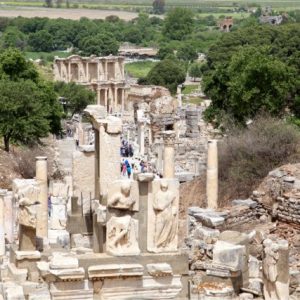
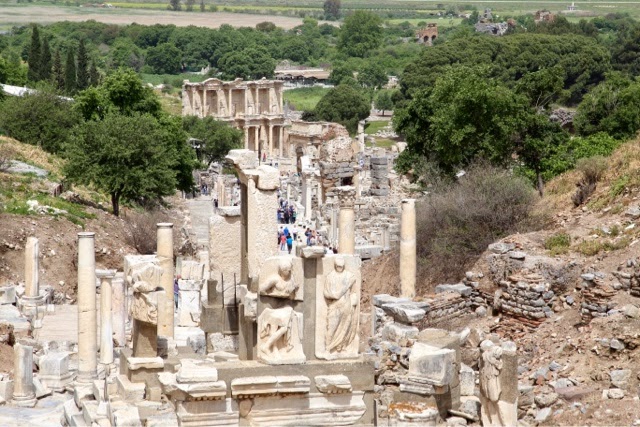
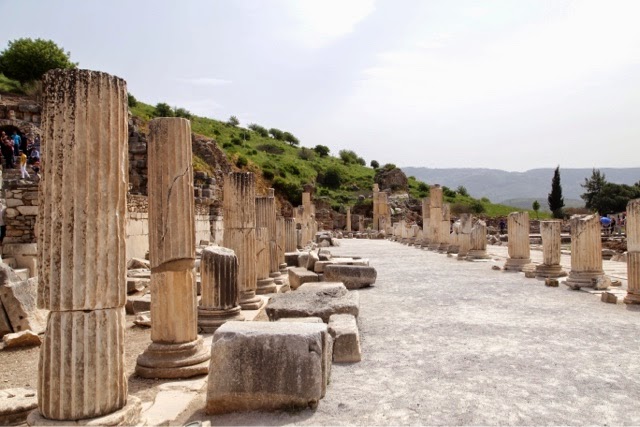
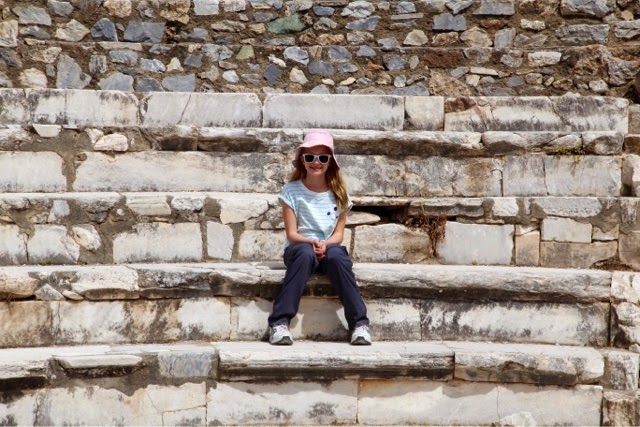
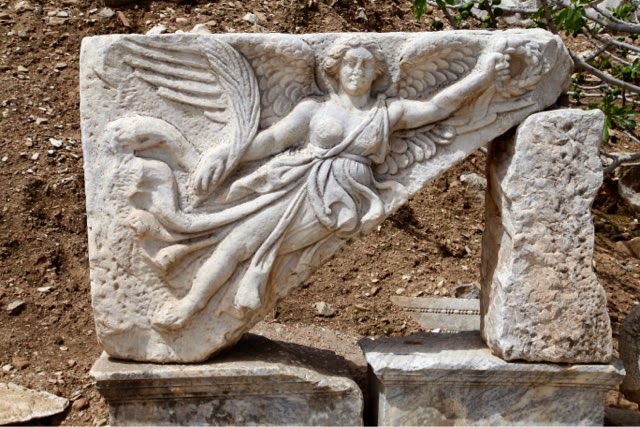
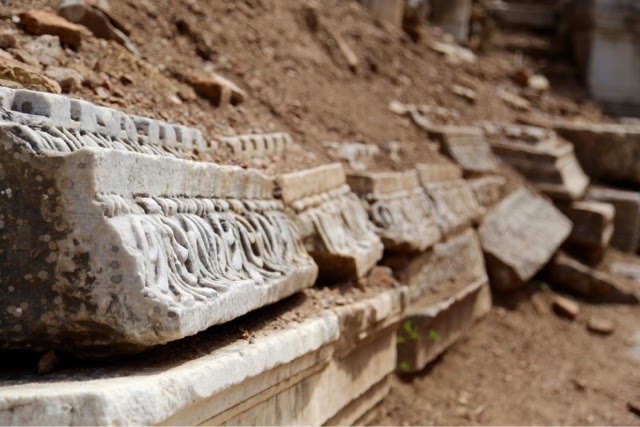
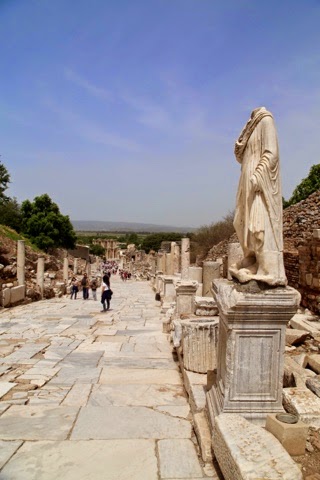
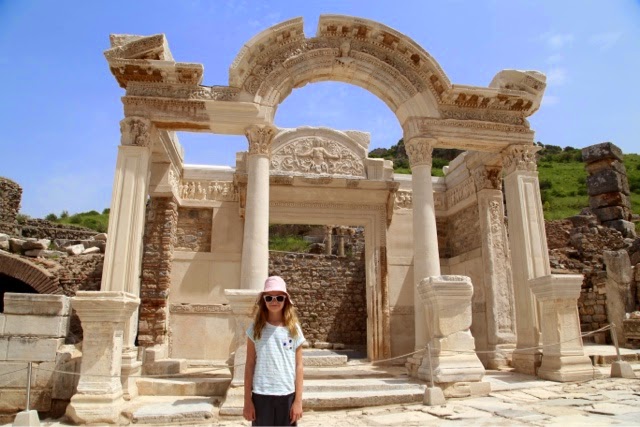
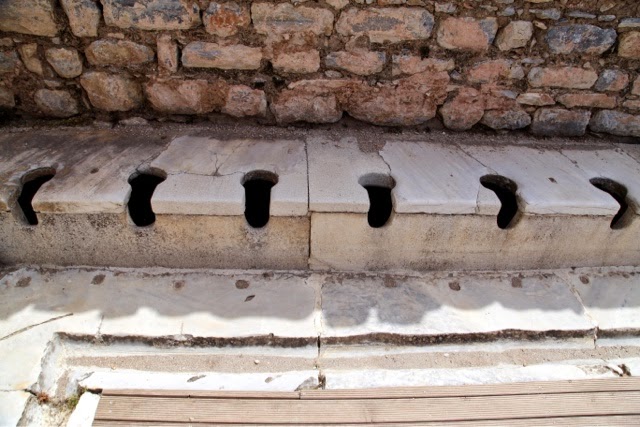
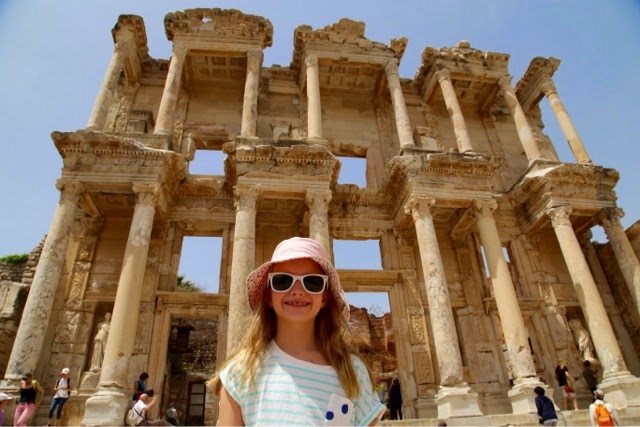
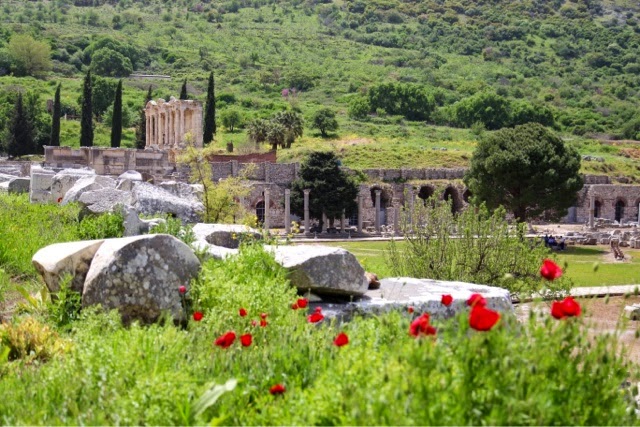
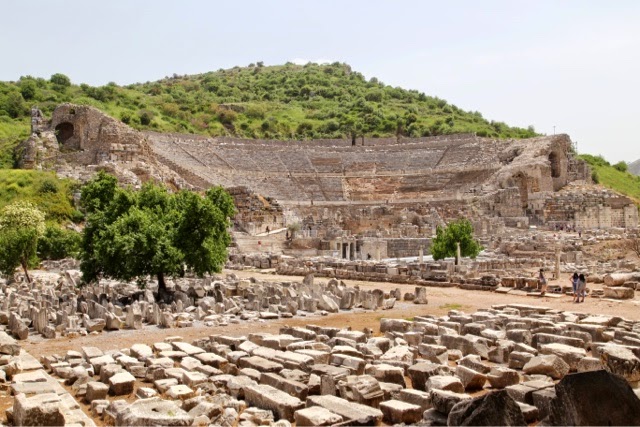
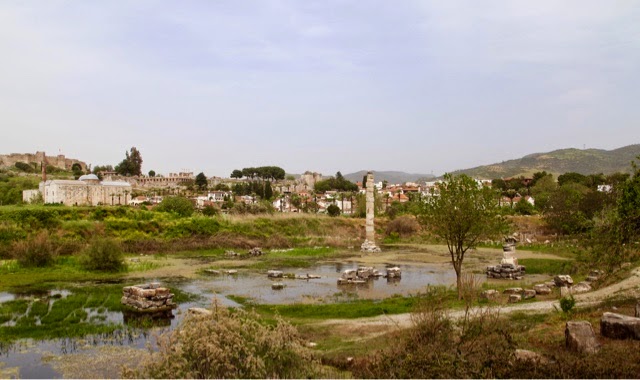
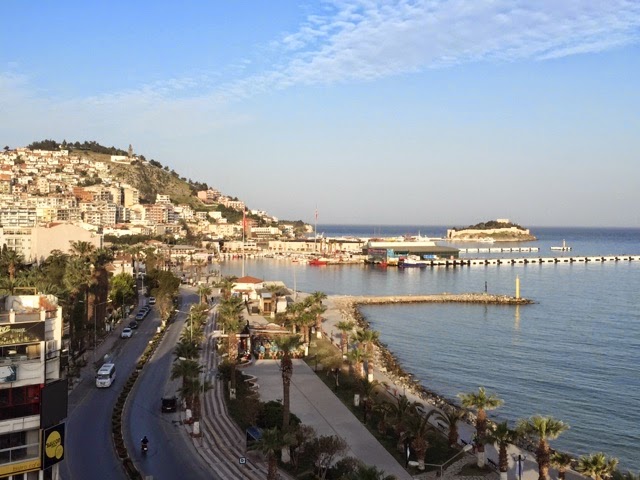
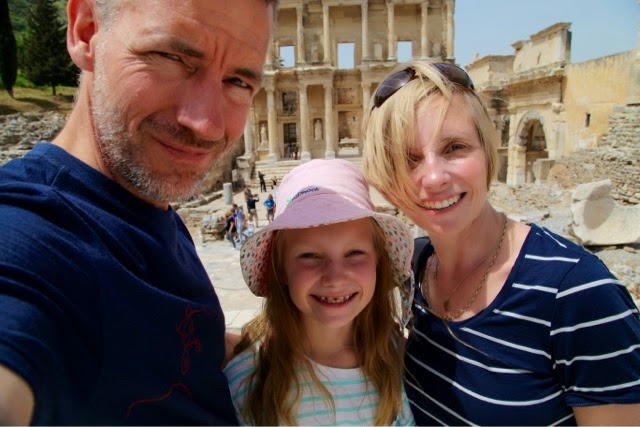
Comments are closed